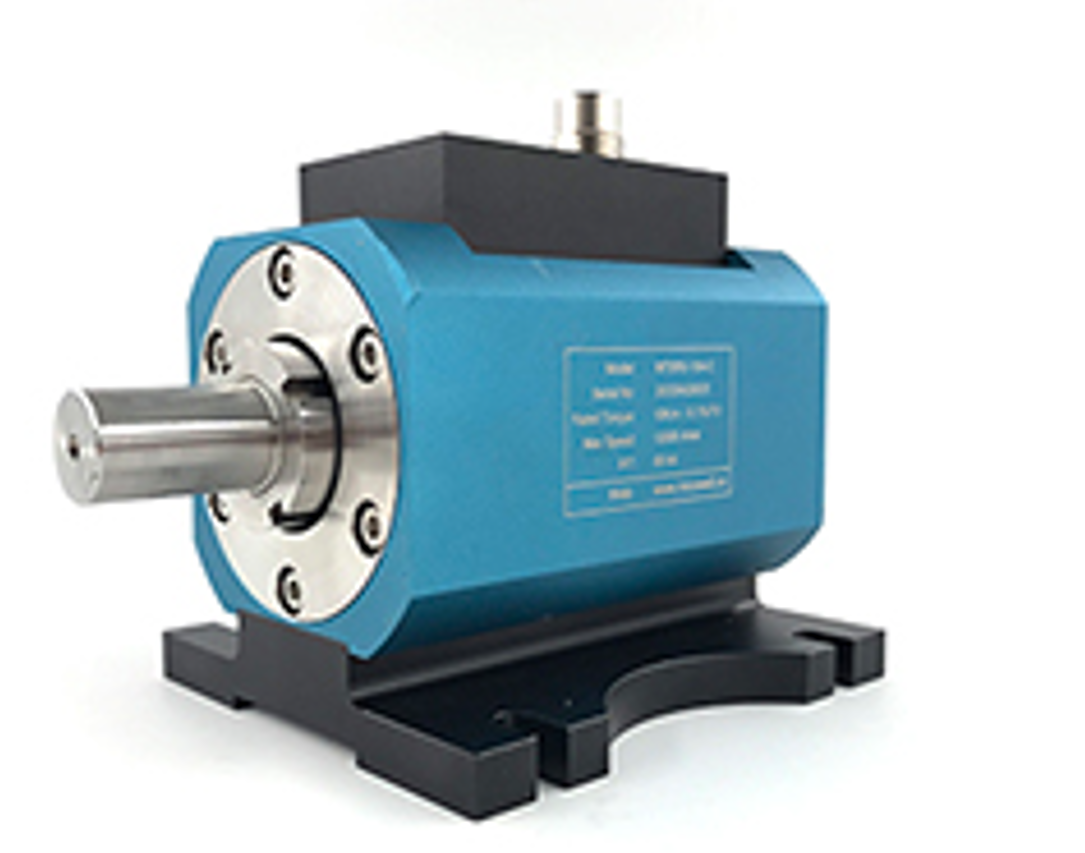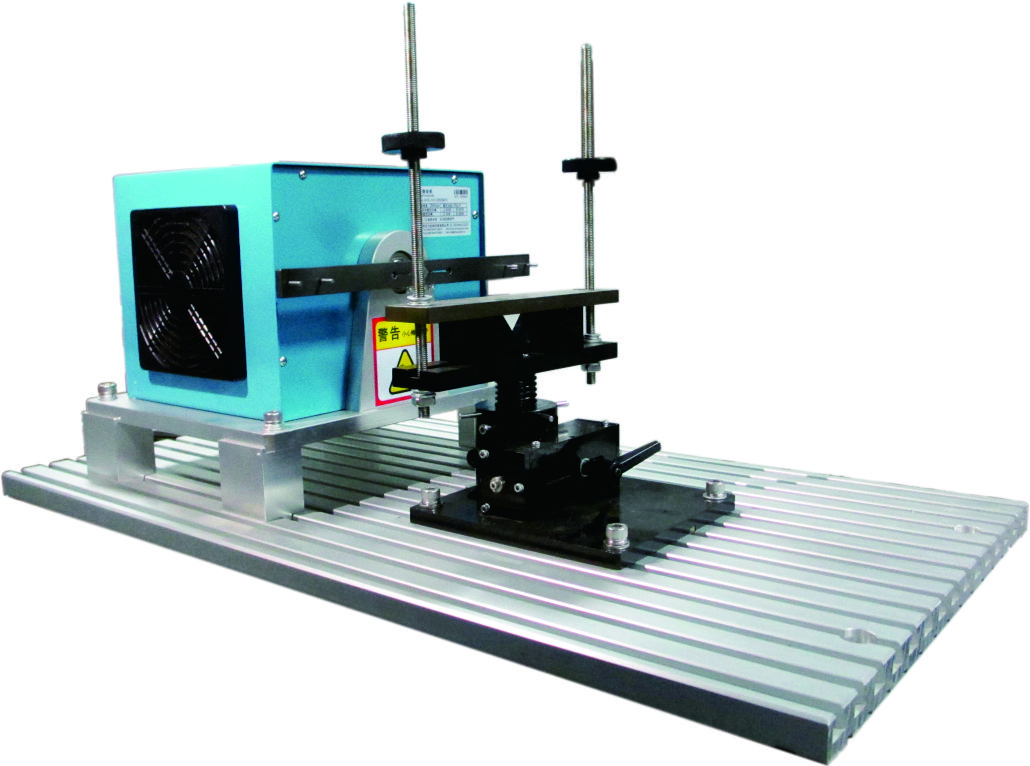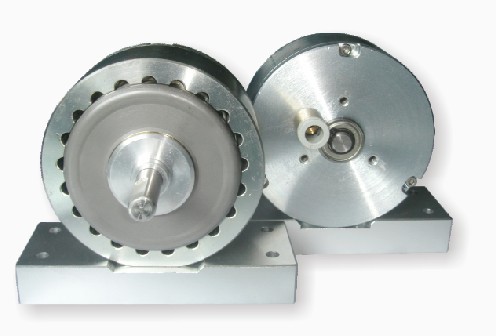🔧 Unlock Peak Performance The Future of BLDC Motor Diagnostics is Here ⚡
In the world of modern machinery, Brushless DC (BLDC) motors have become the backbone of industries ranging from automotive to consumer electronics. These high-efficiency powerhouses drive everything from electric vehicles to smart home appliances. But what happens when these motors falter? Downtime. Lost productivity. Costly repairs. That’s where advanced BLDC motor diagnostics step in—transforming guesswork into precision and uncertainty into actionable insights. Let’s dive into why diagnostics are the unsung heroes of motor longevity and how cutting-edge tools are rewriting the rules of maintenance. ━━━━━━━━━━━━━━ **Why BLDC Motor Diagnostics Matter More Than Ever 🛠️** BLDC motors are renowned for their efficiency, but their complexity makes traditional troubleshooting a nightmare. Unlike brushed motors, BLDC systems rely on electronic controllers, sensors, and intricate winding patterns. A single fault—a damaged Hall effect sensor, a phase imbalance, or a failing rotor—can cascade into system-wide failures.  Imagine this: A manufacturing line grinds to a halt because a motor overheats. Technicians spend hours dismantling equipment, only to find a minor wiring issue. With smart diagnostics, that same problem could have been flagged weeks in advance, saving thousands in lost revenue.
Imagine this: A manufacturing line grinds to a halt because a motor overheats. Technicians spend hours dismantling equipment, only to find a minor wiring issue. With smart diagnostics, that same problem could have been flagged weeks in advance, saving thousands in lost revenue.  servo press use real-time data analytics, AI-driven pattern recognition, and IoT connectivity to predict issues before they escalate. This isn’t just maintenance—it’s **predictive intelligence**. ━━━━━━━━━━━━━━ **The Invisible Enemies of BLDC Motors 🚨** To appreciate the power of diagnostics, let’s explore common BLDC motor failures: 1. **Sensor Failures**: Hall effect sensors are critical for commutating the motor. When they fail, the motor stutters or stops abruptly. Advanced diagnostics monitor sensor output waveforms, detecting anomalies like signal drift or noise interference. 2. **Winding servo press **: Heat, moisture, or voltage spikes degrade insulation over time. Thermal imaging sensors and impedance spectroscopy can spot early signs of insulation wear, preventing catastrophic short circuits. 3. **Bearing Wear**: Misalignment or contaminated lubricant accelerates bearing wear. Vibration analysis tools detect frequency patterns linked to bearing degradation, enabling timely replacements. 4. **Controller Malfunctions**: Faulty PWM signals or MOSFET failures? Diagnostics tools interface directly with motor controllers, isolating software glitches from hardware defects. Without diagnostics, these issues remain hidden until it’s too late. ━━━━━━━━━━━━━━ **Game-Changing Diagnostic Tools You Can’t Ignore 🔍** Gone are the days of multimeters and hunches. Today’s diagnostic suites combine hardware and software to deliver unparalleled clarity: – **Portable Oscilloscope Kits**: Capture real-time voltage/current waveforms across motor phases. Deviations from ideal sine waves? That’s your red flag. – **Wireless Vibration Sensors**: Stick them onto motor housings to monitor vibration spectra 24/7. Machine learning algorithms correlate patterns with specific faults. – **Cloud-Based Analytics Platforms**: Aggregate data from multiple motors, benchmarking performance and predicting fleet-wide trends. Receive alerts on your phone when a motor’s health score dips. – **AI-Powered Simulation Software**: Model motor behavior under different stress conditions. Identify weak points in your design before they become real-world problems. One automotive manufacturer slashed motor replacement costs by 40% after integrating vibration sensors with their maintenance workflow. Another HVAC company reduced service calls by 60% using cloud analytics to prioritize high-risk units. ━━━━━━━━━━━━━━ **The Human Factor: Empowering Your Team 🧑🔧** Even the best tools need skilled operators. Training your team to interpret diagnostic data is crucial. For example: – A sudden spike in current draw might indicate a mechanical overload—or a failing capacitor. – Intermittent sensor errors could point to loose connectors rather than sensor defects. Workshops that combine tool upgrades with hands-on training see faster problem resolution and fewer false positives. Remember: Diagnostics don’t replace expertise—they amplify it. ━━━━━━━━━━━━━━ **Case Study: Wind Turbines \u0026 Predictive Longevity 🌪️**
servo press use real-time data analytics, AI-driven pattern recognition, and IoT connectivity to predict issues before they escalate. This isn’t just maintenance—it’s **predictive intelligence**. ━━━━━━━━━━━━━━ **The Invisible Enemies of BLDC Motors 🚨** To appreciate the power of diagnostics, let’s explore common BLDC motor failures: 1. **Sensor Failures**: Hall effect sensors are critical for commutating the motor. When they fail, the motor stutters or stops abruptly. Advanced diagnostics monitor sensor output waveforms, detecting anomalies like signal drift or noise interference. 2. **Winding servo press **: Heat, moisture, or voltage spikes degrade insulation over time. Thermal imaging sensors and impedance spectroscopy can spot early signs of insulation wear, preventing catastrophic short circuits. 3. **Bearing Wear**: Misalignment or contaminated lubricant accelerates bearing wear. Vibration analysis tools detect frequency patterns linked to bearing degradation, enabling timely replacements. 4. **Controller Malfunctions**: Faulty PWM signals or MOSFET failures? Diagnostics tools interface directly with motor controllers, isolating software glitches from hardware defects. Without diagnostics, these issues remain hidden until it’s too late. ━━━━━━━━━━━━━━ **Game-Changing Diagnostic Tools You Can’t Ignore 🔍** Gone are the days of multimeters and hunches. Today’s diagnostic suites combine hardware and software to deliver unparalleled clarity: – **Portable Oscilloscope Kits**: Capture real-time voltage/current waveforms across motor phases. Deviations from ideal sine waves? That’s your red flag. – **Wireless Vibration Sensors**: Stick them onto motor housings to monitor vibration spectra 24/7. Machine learning algorithms correlate patterns with specific faults. – **Cloud-Based Analytics Platforms**: Aggregate data from multiple motors, benchmarking performance and predicting fleet-wide trends. Receive alerts on your phone when a motor’s health score dips. – **AI-Powered Simulation Software**: Model motor behavior under different stress conditions. Identify weak points in your design before they become real-world problems. One automotive manufacturer slashed motor replacement costs by 40% after integrating vibration sensors with their maintenance workflow. Another HVAC company reduced service calls by 60% using cloud analytics to prioritize high-risk units. ━━━━━━━━━━━━━━ **The Human Factor: Empowering Your Team 🧑🔧** Even the best tools need skilled operators. Training your team to interpret diagnostic data is crucial. For example: – A sudden spike in current draw might indicate a mechanical overload—or a failing capacitor. – Intermittent sensor errors could point to loose connectors rather than sensor defects. Workshops that combine tool upgrades with hands-on training see faster problem resolution and fewer false positives. Remember: Diagnostics don’t replace expertise—they amplify it. ━━━━━━━━━━━━━━ **Case Study: Wind Turbines \u0026 Predictive Longevity 🌪️**  Consider a wind farm using BLDC motors in pitch control systems. Saltwater corrosion and temperature swings made motor failures a recurring nightmare. By deploying impedance-based diagnostic modules, engineers detected early-stage winding corrosion in 87% of motors. Proactive reconditioning extended motor lifespans by 3 years, saving $2.8M in replacement costs annually. ━━━━━━━━━━━━━━ **The Road Ahead: Smarter, Faster, Simpler 🚀** The future of BLDC diagnostics is brimming with innovation: – **Self-Healing Circuits**: Materials that repair minor insulation cracks autonomously. – **Digital Twins**: Virtual replicas of motors that simulate failures and test solutions in real-time. – **Edge Computing**: Onboard diagnostic chips that process data locally, slashing cloud dependency. As industries push for sustainability, optimizing motor lifespans isn’t just economical—it’s ecological. Fewer replacements mean less e-waste and lower carbon footprints. ━━━━━━━━━━━━━━ **Your Next Move: Stay Ahead or Fall Behind? ⏳** The message is clear: BLDC motor diagnostics are no longer optional. They’re the difference between reactive chaos and proactive control. Whether you’re managing a factory floor or designing next-gen robotics, investing in diagnostics today ensures your motors—and your business—run smoother tomorrow. Ready to revolutionize your maintenance strategy? The tools are here. The data is waiting. The question is, will you act before the next failure strikes? [End of Article]
Consider a wind farm using BLDC motors in pitch control systems. Saltwater corrosion and temperature swings made motor failures a recurring nightmare. By deploying impedance-based diagnostic modules, engineers detected early-stage winding corrosion in 87% of motors. Proactive reconditioning extended motor lifespans by 3 years, saving $2.8M in replacement costs annually. ━━━━━━━━━━━━━━ **The Road Ahead: Smarter, Faster, Simpler 🚀** The future of BLDC diagnostics is brimming with innovation: – **Self-Healing Circuits**: Materials that repair minor insulation cracks autonomously. – **Digital Twins**: Virtual replicas of motors that simulate failures and test solutions in real-time. – **Edge Computing**: Onboard diagnostic chips that process data locally, slashing cloud dependency. As industries push for sustainability, optimizing motor lifespans isn’t just economical—it’s ecological. Fewer replacements mean less e-waste and lower carbon footprints. ━━━━━━━━━━━━━━ **Your Next Move: Stay Ahead or Fall Behind? ⏳** The message is clear: BLDC motor diagnostics are no longer optional. They’re the difference between reactive chaos and proactive control. Whether you’re managing a factory floor or designing next-gen robotics, investing in diagnostics today ensures your motors—and your business—run smoother tomorrow. Ready to revolutionize your maintenance strategy? The tools are here. The data is waiting. The question is, will you act before the next failure strikes? [End of Article]